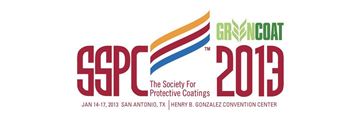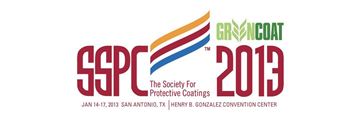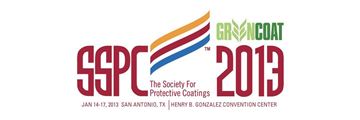Search
Laboratory Evaluation of Metalized Coatings for Use on Reclamation Infrastructure
Also Purchased
An Overview of Petrographic Examination of Concrete as Related to Polymer Floor Coating Failures
Product Number:
41213-727-SG
Publication Date:
2013
$20.00
Introduction to Insulative Coatings: Application Case History
Product Number:
41213-754-SG
Publication Date:
2013
$20.00
Laboratory and Field Testing of Thin-Film Air Barrier Coatings When Applied to Concrete Masonry Units
Product Number:
41213-759-SG
Publication Date:
2013
$20.00




